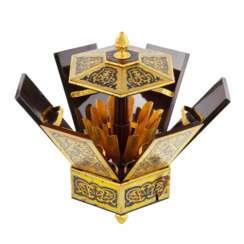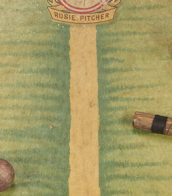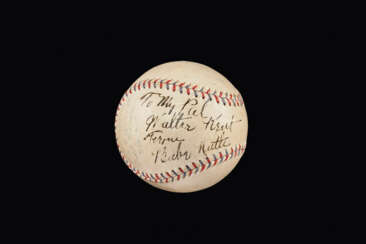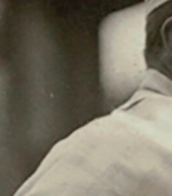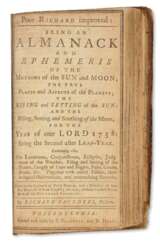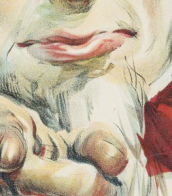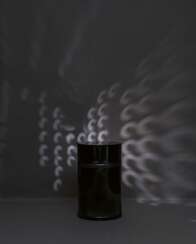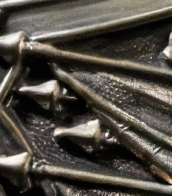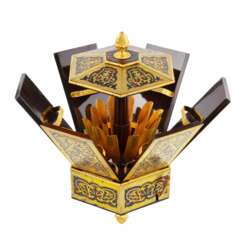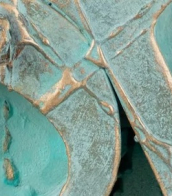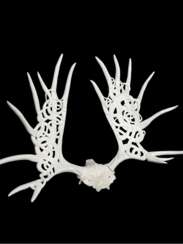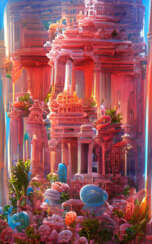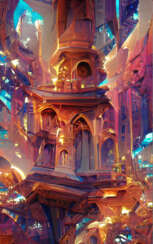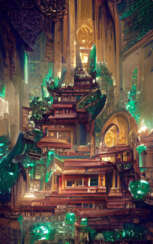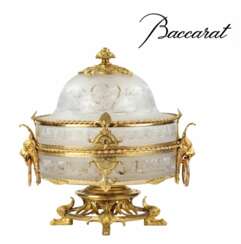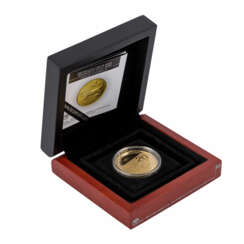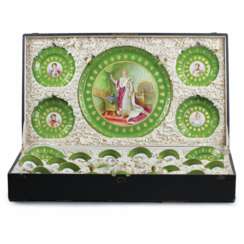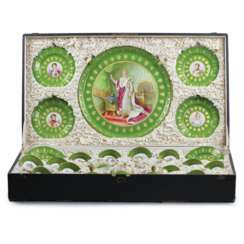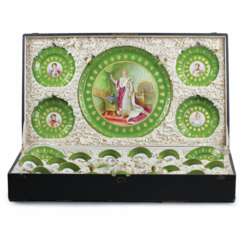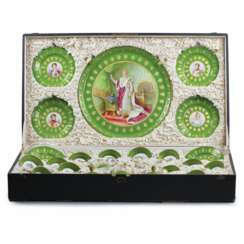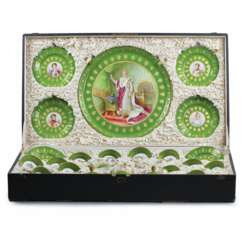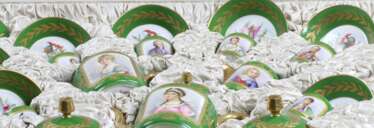757 Items by auctions and galleries:
unique item
Lot 153 Otto Piene
Otto Piene (1928 - 2014) 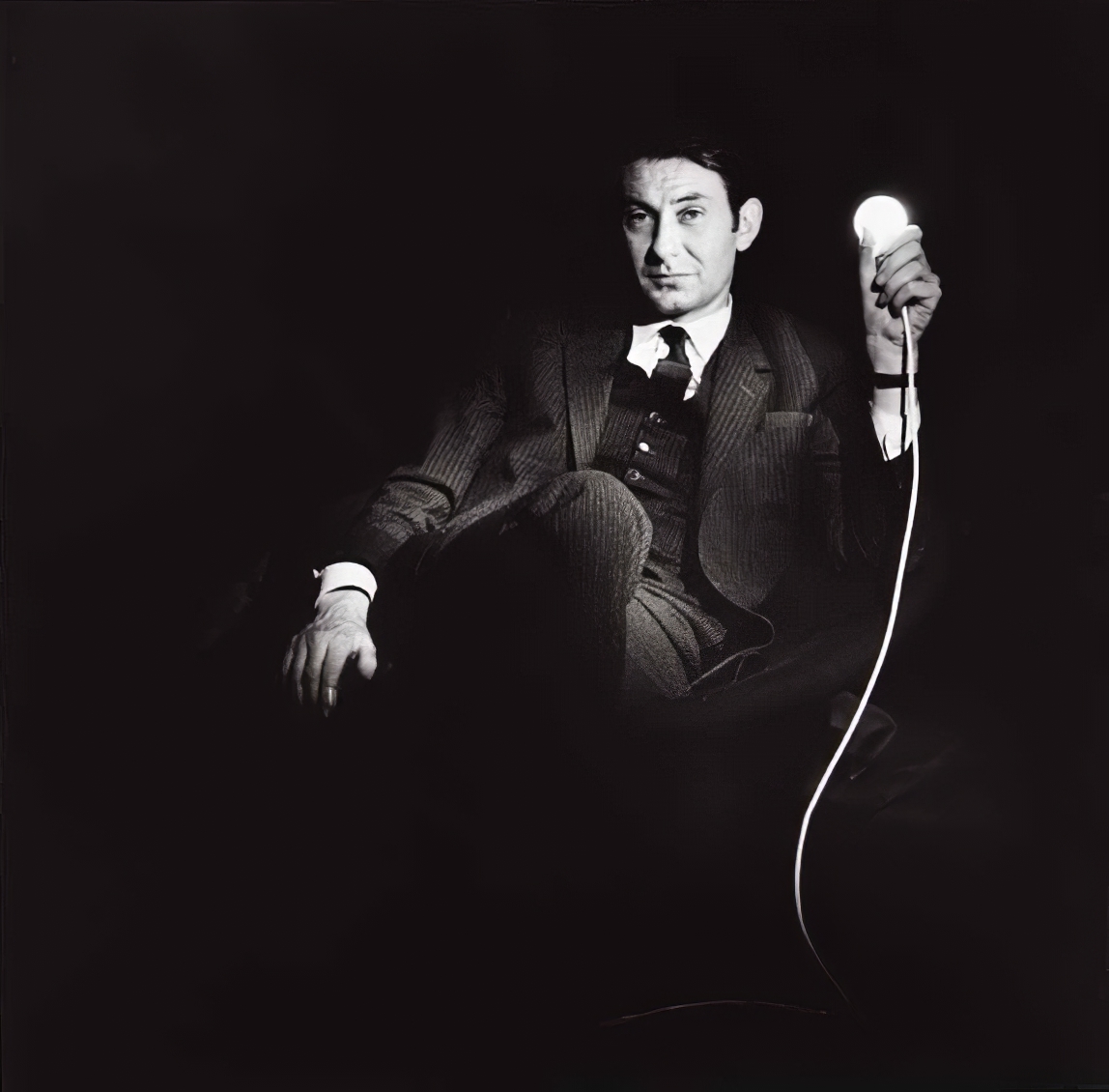 A483: Modern, Post War & Contemporary
A483: Modern, Post War & Contemporary 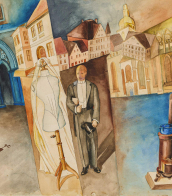

Otto Piene
18.04.1928 - 17.07.2014
Germany, USA
Otto Piene was a German-American artist specializing in kinetic and technology-based art, often working collaboratively.

VAN HAM Kunstauktionen GmbH
A483: Modern, Post War & Contemporary
Date: 01.06.2022 10:00 UTC +01:00
Number of lots in the catalog: 426
Fossils Forever Friends
Grzegorz Olszewski (b. 1968) 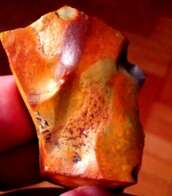 Shop Olszewski Grzegorz
Shop Olszewski Grzegorz

Grzegorz Olszewski
11.12.1968
Poland
Photographer of unknown, never-seen kind of V.Ancient Art - until present times.
By my photos, will show Oldest form of Unnamed Art, Mystery, Message - regarding Humankind History, Evolution, Identity.
All my photos presents - Real, Existing, Natural and Original form of transferrence from our "Ancestors" which is "described" UNDER surface of the Ancient stones.
Faces and objects under of their surfaces are not made by Human's hands, and were toutched only by me.
Soon, I'll change attached photos for official, better quality and professional versions of my works
Hope you will be satisfied..
With Best Regards
Grzegorz Olszewski

Artist shop
Olszewski Grzegorz
Poland
Number of products: 6
Next World Temple
Irina Kniaziani (b. 1974)  Shop Kniaziani Irina
Shop Kniaziani Irina

Irina Kniaziani
16.08.1974
Georgia
Создаю NFT проекты с помощью искусственного интеллекта. Каждая представленная работа уникальна, так как нейросеть не может дважды воспроизвести один и тот же образ.

Artist shop
Kniaziani Irina
Georgia
Number of products: 3
Next World Temple
Irina Kniaziani (b. 1974)  Shop Kniaziani Irina
Shop Kniaziani Irina

Irina Kniaziani
16.08.1974
Georgia
Создаю NFT проекты с помощью искусственного интеллекта. Каждая представленная работа уникальна, так как нейросеть не может дважды воспроизвести один и тот же образ.

Artist shop
Kniaziani Irina
Georgia
Number of products: 3
Next World Temple
Irina Kniaziani (b. 1974)  Shop Kniaziani Irina
Shop Kniaziani Irina

Irina Kniaziani
16.08.1974
Georgia
Создаю NFT проекты с помощью искусственного интеллекта. Каждая представленная работа уникальна, так как нейросеть не может дважды воспроизвести один и тот же образ.

Artist shop
Kniaziani Irina
Georgia
Number of products: 3
Lot 228 Round liquor bar made of glass and gilded bronze. Baccarat. France. 19th century.Круглый ликерный бар из стекла и позолоченной бронзы. Baccarat. Франция. 19 век.Bar à liqueur rond en verre et bronze doré. Baccara .France. 19ème siècle.
Fine and Applied Art Auction № 9 - Part I 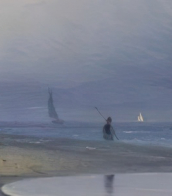

Antiqon
Fine and Applied Art Auction № 9 - Part I
Date: 18.05.2024 12:00 UTC +02:00
Number of lots in the catalog: 300
